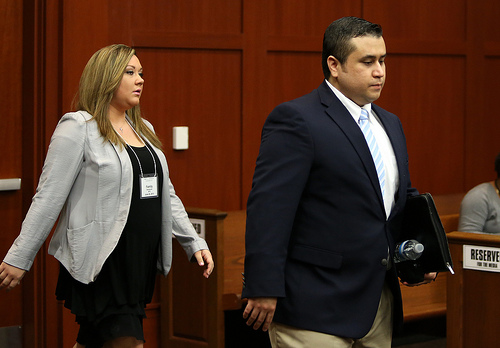 George Zimmerman and his wife Shellie arrive in Seminole circuit court in Sanford, Fla., Thursday, June 20, 2013. Zimmerman has been charged with second-degree murder for the 2012 shooting death of Trayvon Martin. (Gary W. Green/Orlando Sentinel/Pool)
George Zimmerman and his wife Shellie arrive in Seminole circuit court in Sanford, Fla., Thursday, June 20, 2013. Zimmerman has been charged with second-degree murder for the 2012 shooting death of Trayvon Martin. (Gary W. Green/Orlando Sentinel/Pool)
§
Who are They?
How many times have we heard the word they when someone makes a statement about an alleged factoid picked up from somewhere — on the nightly news, perhaps? It could be true, it could be false, or it could be a mixed up mess of information that formed at a later date inside the head of the person now telling you about them.
“That’s what they said!”
“Who’s they?” I always respond. Invariably, no one ever knows who they are, but they heard it or read it somewhere. This was an everyday occurrence during the Casey Anthony case and it is the exact same thing here. It’s not all that unusual. After all, isn’t this how rumors start? So and so said… Thus, they are never clearly identified and, therefore, they don’t really exist. Do they? Well, maybe someone said something, but without a name behind the theys of the world, there is no way I would accept any kind of statement without substance.
In order to not accept the theys of this trial, it means we need to tuck them away in our pockets and leave them alone until the end. We need to try to look at this trial as open and fair minded as humanly possible — just like the jury. While this is a tough one to abide by, it’s something we need to remind ourselves of every day for the next month. We need to keep in mind that many of the legal analysts and reporters working for local, network and cable TV companies are, by their very nature, true-life criminal defense attorneys. That means their opinions could very well be skewed in the direction of the Defense.
If you are not aware, Mark O’Mara was hired by WKMG to be one of the legal analysts during the Casey Anthony trial. WKMG is the local CBS affiliate. I must say that Mr. O’Mara impressed me tremendously back then. No, not because of his legal analyses. It’s nothing personal, of course; I was simply too busy in the courtroom and writing for the magazine at night. Because of that, I never saw or heard any TV pundits. What struck me in such a positive way was how extremely polite and professional he was. He went out of his way to greet me by name when we were near each other. That was a truly nice gesture, and I never forgot it.
Individual and Traditional Voir Dire and Jury Selection
At 3:00 pm on Thursday, June 20, 2013, a jury was seated in case 12-CF-1083-A; the State of Florida v. George Zimmerman. One Hispanic woman and five white women. The four alternates are composed of two women and two men; all white. These jurors, carefully selected by the prosecution and defense teams, are not going to witness anything from TV legal analysts or correspondents working the field. Everything these ten people see and hear will come from within the confines of the courtroom. Bernie de la Rionda and his team and Mark O’Mara and his team will be the only theys they will hear. Certainly, their opinions are polar opposites and they all think they are right.
I never took the trip to the Pinellas County Criminal Justice Center in Clearwater to sit in on jury selection for the Casey Anthony trial. I wouldn’t have been able to afford a hotel room for the length of time it took, but I did watch the proceedings on live television. It’s just not the same. As this process was getting underway, several journalists and a handful of attorneys asked me if I had ever experienced jury selection. I said no. You are in for a fantastic experience, Dave, they all said, and they were right. To be able to see it all unfold in the flesh is an amazing thing. You can really sense the interaction between the hard working attorneys and the prospective jurors as they are questioned individually and collectively. During voir dire, the expressions on all of their faces were as diverse as the fields of work they are involved in, including being unemployed and retired. Homemakers. Engineers. Teachers. Book readers. Fifty Shades of Grey? A colorful lot, indeed!
Some of the 100 were dismissed early because of bias or other reasons, including hardships. I was very fastidious in my note taking as they filed in one-by-one for questioning. During the meager one hour lunch break Judge Nelson gave us each day, a couple of us discussed who we expected to make the cut and who wouldn’t. One in particular was E-6. We thought, for sure, that she wouldn’t make the grade, but in the end, she did, despite a vigorous campaign against her by de la Rionda.
While I paid close attention to each person interviewed, something about E-6 intrigued me. To be honest, she reminded me of Angelina Jolie a little. First of all, let me set the record straight by telling you that Jolie has never been my kind of woman and, to be honest, I am happily in love with someone I find to be much more beautiful, so please delete that element from the equation. This is just a descriptor. E-6 sat in the front row, in plain view.
She stated that she hadn’t formulated an opinion when questioned singly during the pre-trial publicity phase. OK, fine. During the general voir dire phase, she was very much involved in the process. That’s what caught my attention; her involvement, animation and posturing. It was during this phase that Judge Nelson made the announcement the jury would be sequestered. I watched this woman suddenly and dramatically change her demeanor. She became somewhat distraught looking, although not depressed. She certainly looked dazed. She stared into nothingness and rocked back and forth slightly. Slowly, she came out of it and eventually, I detected a slight smile. Eventually, she snapped out of it completely and became herself again. This was not an unusual reaction from anyone who’s told they would be locked up for a month. But, while I cannot say for certain, what I gathered from her was this, only in slow motion:
Oh no. Sequestration? No way. I don’t want to be a juror… Away from my two children. Away from my husband. No family life. No friends. No cooking. No fun. No sex. What will I do? This is a real problem. Hmm… What to do… No it’s not. I can see this working. This could turn out fine. I can take advantage of this. It could be my ticket. I can write a book!
While I have no idea what she was really thinking, it’s what it appeared like to me. Here we have an attractive young woman who will look good in the limelight of cameras after the trial. She will definitely have an intriguing story to tell. Yup, that could be it. To be fair, she has every right to do so, and she wouldn’t be the first one to tell a story. I am not criticizing her objectivity, so don’t even go there.
While I studied other possible jurors, I use E-6 to illustrate what really goes on in a courtroom during jury selection. There’s a lot going on, but what about the process itself? How do the jurors get selected in the end? I’m not talking about the Thursday afternoon arguments in front of the judge — meaning the peremptory challenges and challenges for cause. We all heard and watched it on TV. We absorbed it. If not, see it here.
What you couldn’t see were the three rows of forty people.They were seated in each chair for a reason. Similar to a draft lottery, this is the easiest way to explain it. As every summoned person enters the courthouse and sent to the jury room, they are given a new name, like L-01 or S-69. As voir dire progresses and some are eliminated, others move on to the next level. That’s where the forty people come in. They are randomly given seat numbers 1 through 40 and that’s where they sit in the courtroom. Seat number 1 is in the front row and seat number 40 is way in the back. Odds of that person, or anyone in the back row, being chosen are next to nothing because the numbers are called in order, starting with number 1.
Personally, I feel that both sides are content with the jury of women, although de la Rionda tried several times to strike E-6. In the end, the jury will be made up of women because the jury pool happened to turn out that way. The ratio was 2-1 women. I am sure they will be fair and just.
§
During the traditional phase of voir dire, when those forty people were addressed as a group by Mark O’Mara, I noticed something peculiar. At an earlier hearing, on April 30, something O’Mara may have said must have sparked an idea in my head. I had to search extensively though my notes and comments before I found something I wrote on an article comment posted at the Daily Kos site. What made me think of it, I don’t recall, but this is what I wrote, in part, in that comment dated May 4:
I believe the Defense may argue that Zimmerman felt Trayvon’s cell phone was a weapon; that Zimmerman had no idea what the kid had in his hand. Was it a gun? Of course, that would change the whole scenario and the State could reasonably contend that it shows the gun was drawn earlier, which I feel is a good possibility. Trayvon fought for his life over that gun.
What happened in the courtroom this past Thursday, seven weeks later, set off all sorts of bells and whistles in my mind. I had an Aha! moment, whether it is something that will pan out or not. Watch this part of the video replay starting here. In it, O’Mara brings out a cell phone to illustrate a gun; something he could not bring into the courtroom. Was it a subliminal way of hinting at a dialog that may take place some time into the trial? To me, a cell phone has now been introduced as subtly as possible as a potential firearm. Could Trayvon’s cell phone have been perceived as a handgun? Just a thought, but George Zimmerman’s stories have changed over the course of time.
Excuse me while I NIST the Skype
To be honest, I was never sold on the State’s expert witnesses. I was rather skeptical because they were originally hired by newspapers. I had a real problem with both experts. In her order, Judge Nelson wrote:
The State’s witness, Mr. Thomas Owen, has been involved in forensic audio work since 1981, He was retained after the shooting by a newspaper to attempt to identify the person(s) screaming in the 911 call.
For the software-reliant analysis, Mr. Owen used software called “Easy Voice,” a software program he markets and in which he has a small financial interest. Easy Voice recommends a sample length of 16 seconds to conduct its analysis. Mr. Owen only isolated seven seconds of screams from the 911 call. The seven second sample was rejected by the Easy Voice software program. To correct this problem, he ran the seven second sample twice (sometimes referred to as “looping”). Based upon conversations with sales representatives for the software manufacturer, he believed looping was an appropriate solution. As part of his technique, he adjusted the pitch of the known spoken voice sample of the Defendant to raise it up to the same pitch as the screams in the 911 tape.
The issues here are very central to the decision made by the judge in rejecting him. Mr. Owen markets the software. He has an express interest in the company. He looped the samples in order for the software to work, and changed the pitch of one of them. The judge further stated:
According to Mr. Owen, he also “cleaned up” the audio of the Defendant’s nonemergency call in an effort to identify a previously unintelligible word. Using audio editing software, he made a determination that the unintelligible word used by the Defendant was “punks.”
No other entity; governmental or from the private sector, was able to ascertain what Zimmerman said. And speaking of what was said, the second expert for the State, Dr. Reich, was full of mondegreens. What’s a mondegreen? Let me put it this way. At the end of the Beatles song, Strawberry Fields Forever, you may think you hear something that ultimately started a huge rumor back in the late 1960s — that Paul McCartney was dead:
“I buried Paul” was actually “cranberry sauce” spoken by John Lennon. It was very faint, but even at a higher volume, it was still easy to mistake what was actually said.
Back to Reich. According to him, he heard words spoken by the defendant and the victim; disparaging words. No other expert concurred. It was virtually impossible to determine who was saying what on any of the 911 recordings, let alone make out anything else. According to Judge Nelson:
With regard to the identity of the person(s) making the screams, Dr. Reich reached the “tentative” conclusion that almost all of the screams heard in the 911 tape were made by Martin. In reaching his conclusion, Dr. Reich assumed the following: the screams could only have been made by one of two people, either Martin or the Defendant; the screams ended upon the gunshot being fired, leading to an inference that the person screaming had been shot; and the frequency of the screams indicated that the speaker’s vocal tract had not completely developed, leading to a conclusion that the person had not reached adulthood.
In addition to his opinion about the identity of the person screaming, Dr. Reich testified that he was able to hear words on both calls that have not been heard by any other witness. He identified an unusual speech pattern in the Defendant’s nonemergency call and, upon further analysis, claimed to identify several distinct previously unheard words. Similarly, he was able to hear several previously unheard words and statements in the 911 call. Mr. Owen testified that he was able to detect these words by commonly-used digital enhancement and transcription software.
While the judge could have allowed the testimony, I believe she made the right decision regarding State experts. The Defense experts were extremely credible and they debunked the junk. Was this a major blow to the State as some legal analysts contend? Remember, legal analysts are generally criminal defense attorneys and this is the side they will invariably take. Most importantly, keep in mind that the second-degree murder charge was filed long before any newspapers hired these guys and, in the end, the defense won’t be able to prove the screams came from their client, either. While it seems like a Defense victory, no one is the winner. Well… except for the jury that won’t have to put up with testimony that can only be understood by people in the field of spectrographs, human voice identification and biometrics, not to mention the National Institute of Standards and Technology. Oh, these glorious times of emerging nanoelectronics industries and applications in forensic testimony!
The Trial
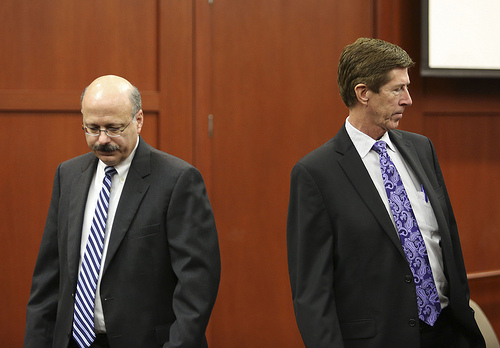 Assistant state attorney Bernie de la Rionda, left, and lead defense attorney Mark O’Mara leave the courtroom after addresses a series of pre-trial issues with Judge Debra Nelson during George Zimmerman’s trial in Seminole circuit court in Sanford, Fla., Friday, June 21, 2013. Zimmerman has been charged with second-degree murder for the 2012 shooting death of Trayvon Martin. (Gary W. Green/Orlando Sentinel/Pool)
Assistant state attorney Bernie de la Rionda, left, and lead defense attorney Mark O’Mara leave the courtroom after addresses a series of pre-trial issues with Judge Debra Nelson during George Zimmerman’s trial in Seminole circuit court in Sanford, Fla., Friday, June 21, 2013. Zimmerman has been charged with second-degree murder for the 2012 shooting death of Trayvon Martin. (Gary W. Green/Orlando Sentinel/Pool)
I expect the trial to be most gripping. While certain aspects of jury selection seemed boring to some, I never quite saw it that way. Sitting in the courtroom offers many advantages. We can see the quirks in every player. We pay attention to everything that surrounds us; the people we sit with on the media side, the public sitting on our right, the families of the Victim and the Defendant, and everyone on the other side of the gallery. There’s no way to feel the atmosphere of the room unless you are present. That’s not to say there’s nothing you can pick up by watching it on TV or on a live Internet feed. No, quite the contrary, but tension is not something that can be conveyed over an electronic conduit. Hopefully, I can do that in my writing — here, on the Daily Kos, and on my Facebook page, where you are more than welcome to friend me. I will update when I can, in my own inibitable way.
During traditional voir dire, Bernie de la Rionda came across as a preacher — a teacher and a lecturer of sorts; like you’d find at a pulpit or lectern — in front of a congregation or large body of students. While I found him to be quite good, the following day, Mark O’Mara took center stage and he was more like a Sunday School teacher; a country lawyer with a more relaxed style. He changed the entire mood of the courtroom, including the potential jurors, and created a lot more banter between them. In my opinion, O’Mara could influence the jury by his very style, and de la Rionda should take that into great consideration. One fires up the crowd and the other settles them.
De la Rionda is a man of great conviction. He is deeply religious and can quote scriptures from the Bible like there’s no tomorrow, regarding everything you throw his way. He is one of the best prosecutors in the state of Florida and has a solid team behind him. O’Mara? I don’t know anything about his religious beliefs, but I have known all along that he’s an excellent attorney and as sharp as they come. So is Don West. They are extremely crafty and cunning.
I would make the case that de la Rionda and O’Mara have very little knowledge of each other except for what they’ve learned since their first courtroom battle, soon after Zimmerman was charged. I believe this will be one of those all-time courtroom dramas that will be read about for years to come. I can’t wait until tomorrow. Please join me.
Please see Daily Kos
 Tuesday, June 25, 2013 at 9:39PM
Tuesday, June 25, 2013 at 9:39PM 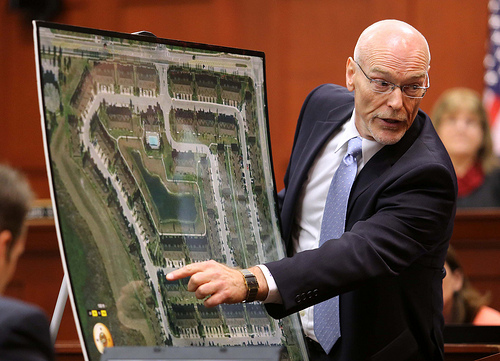
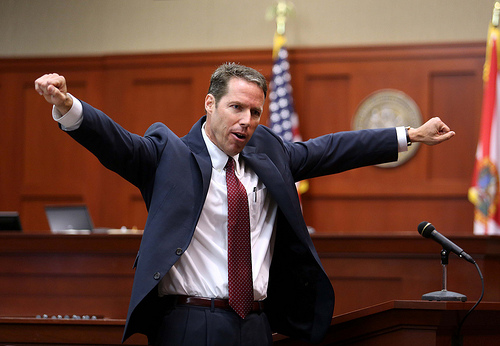
 Dave Knechel | tagged
Dave Knechel | tagged  Selene Bahador | in
Selene Bahador | in  Bernie De la Rionda,
Bernie De la Rionda,  Dave Knechel,
Dave Knechel,  David B. Knechel,
David B. Knechel,  David Knechel,
David Knechel,  Donald West,
Donald West,  Eighteenth Circuit Court,
Eighteenth Circuit Court,  George Zimmerman,
George Zimmerman,  John Guy,
John Guy,  Judge Debra S. Nelson,
Judge Debra S. Nelson,  Marinade Dave,
Marinade Dave,  Marinade Dave Knechel,
Marinade Dave Knechel,  Mark O'Mara,
Mark O'Mara,  Richard Mantei,
Richard Mantei,  Sanford,
Sanford,  Seminole County,
Seminole County,  Seminole County Courthouse,
Seminole County Courthouse,  State Attorney Angela Corey,
State Attorney Angela Corey,  Trayvon Martin,
Trayvon Martin,  marinadedave |
marinadedave | 
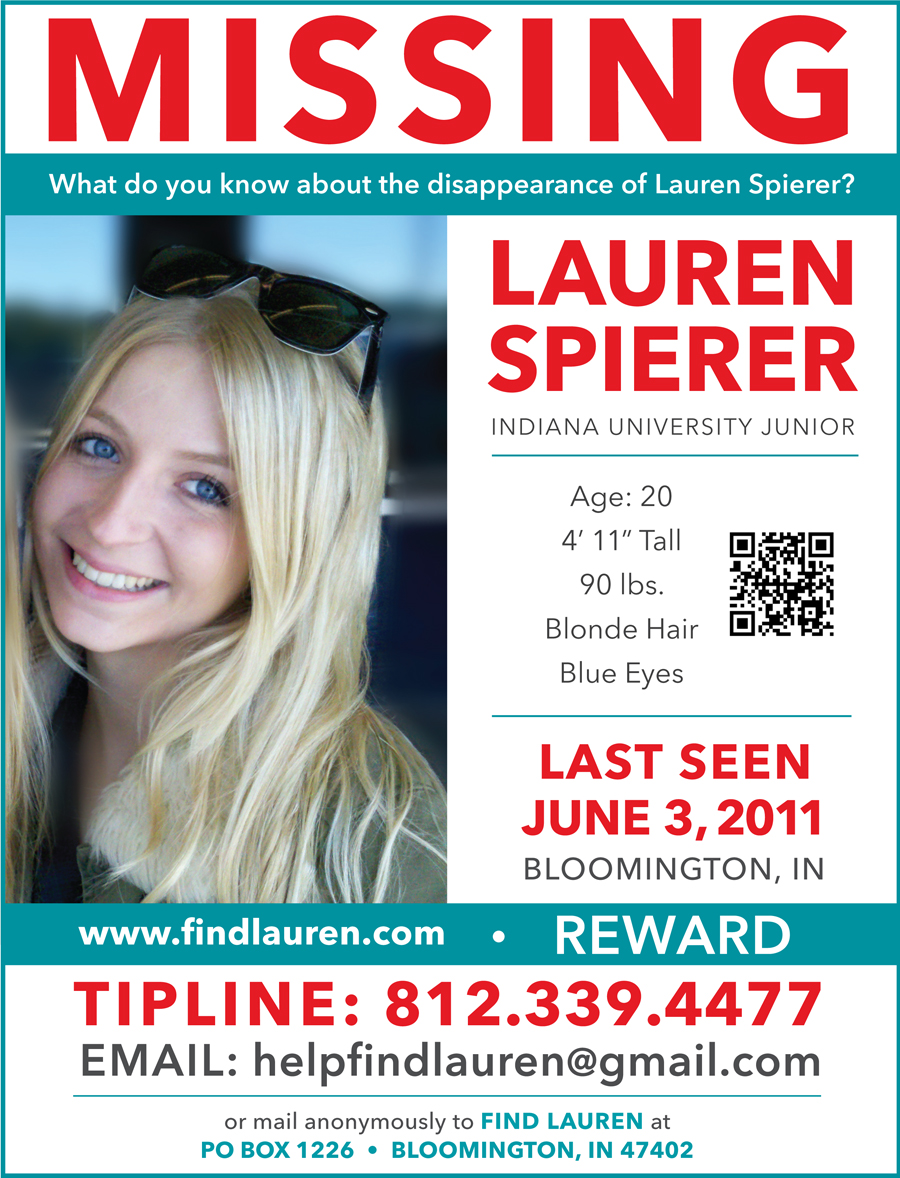



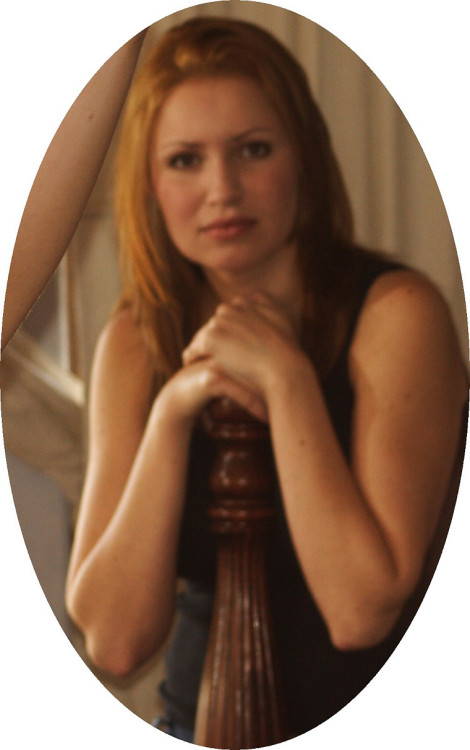








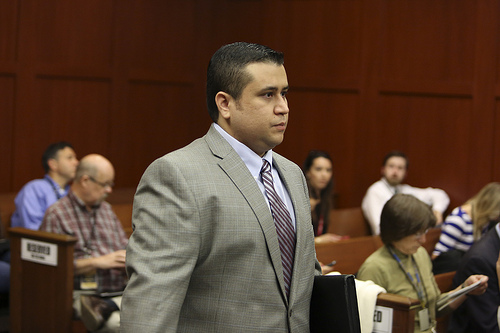

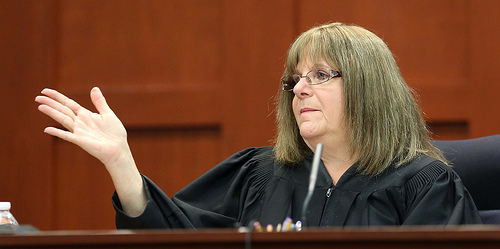

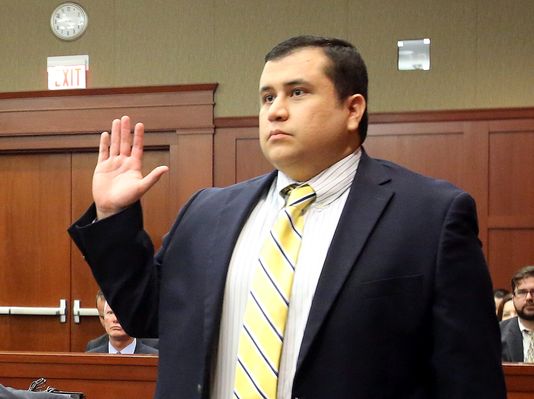
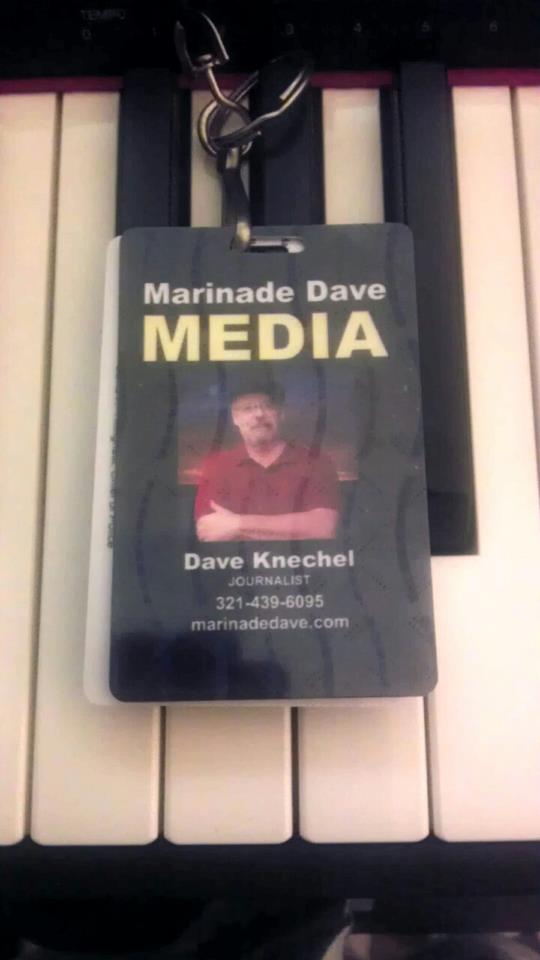


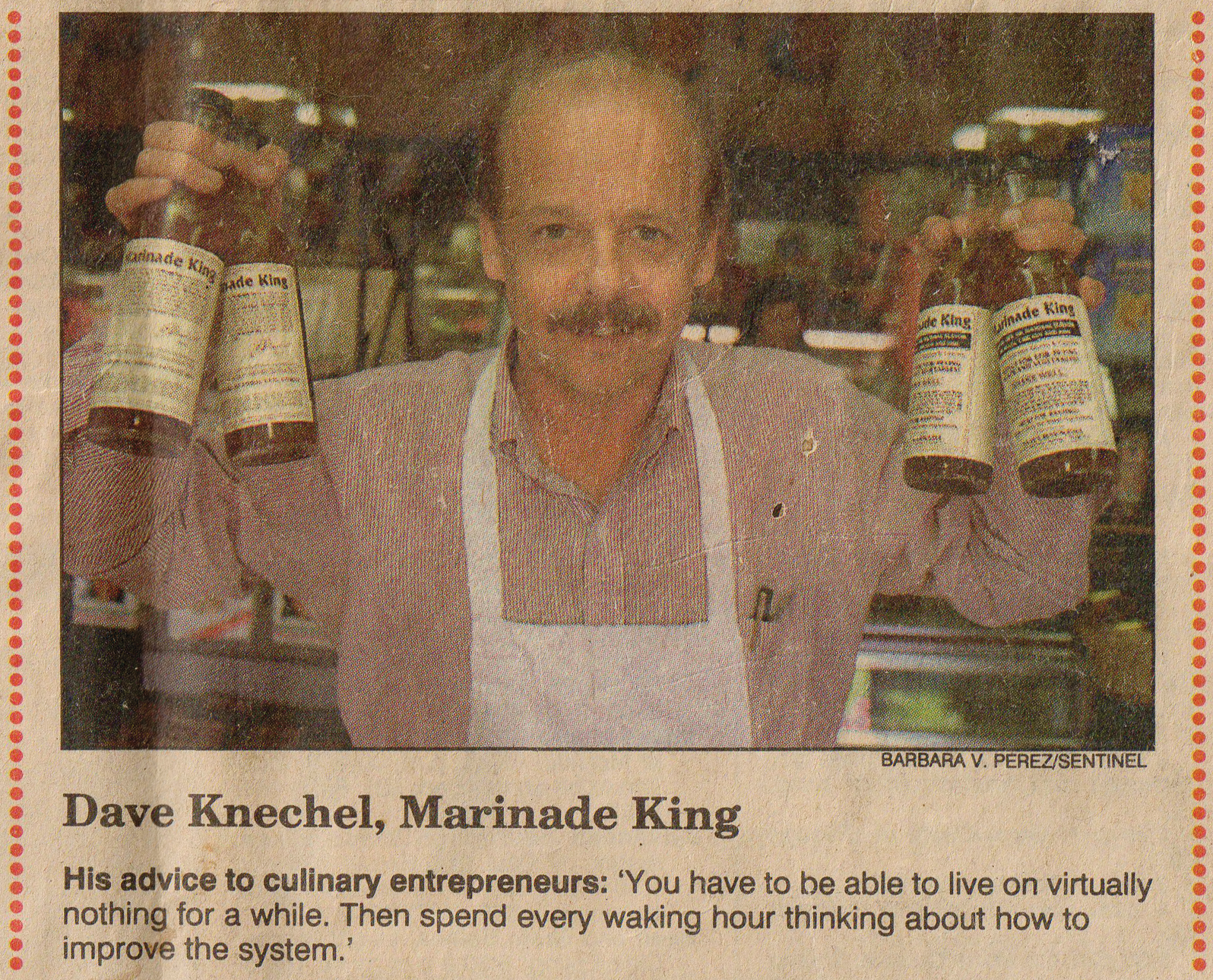
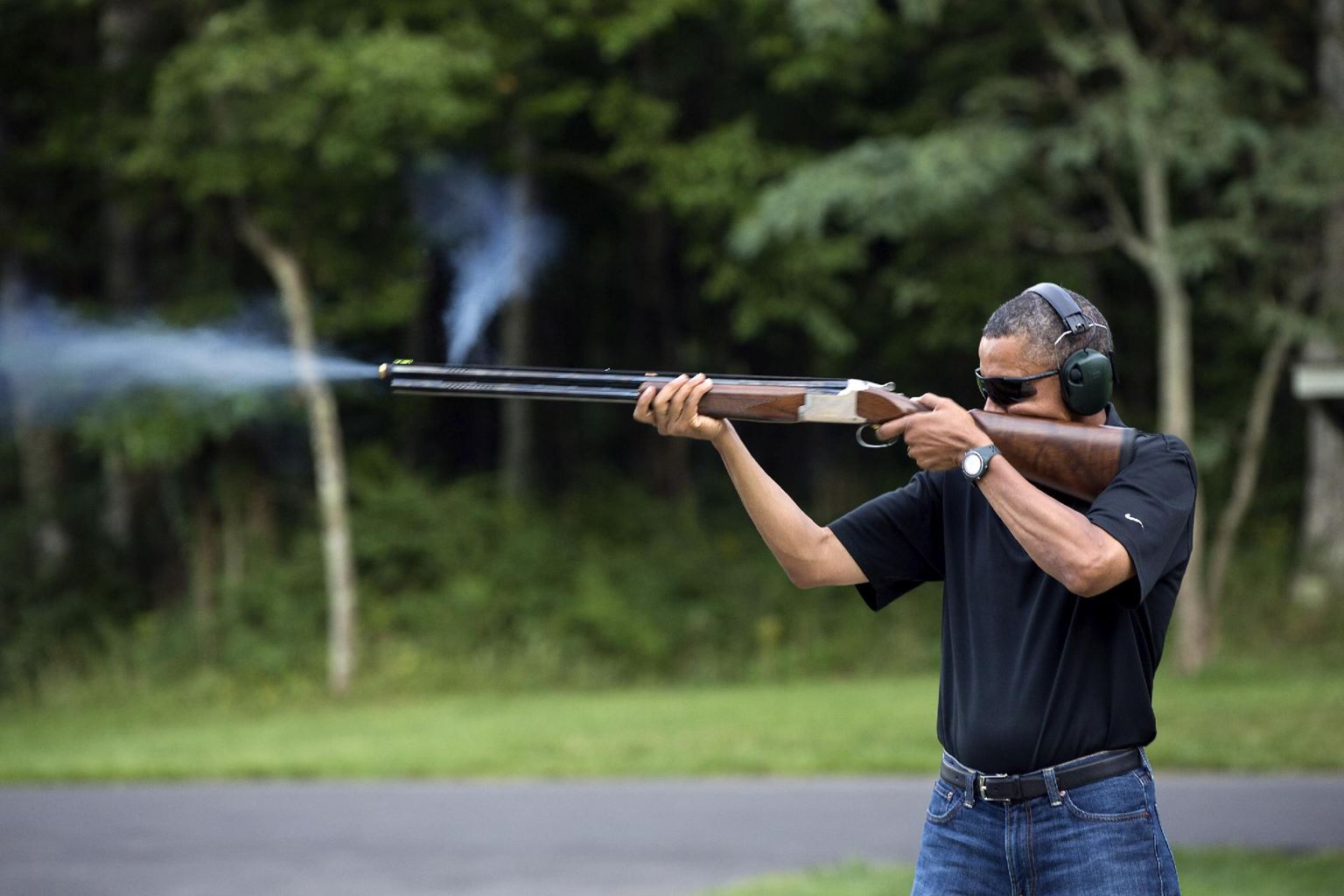
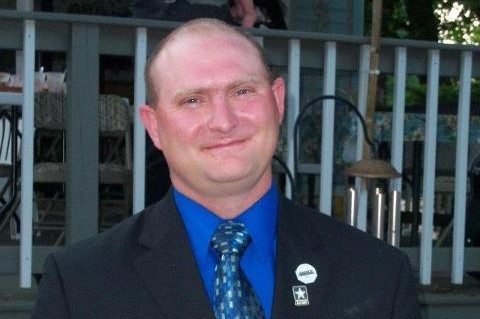


 LEGAL NOTICE
©David B. Knechel. All Rights Reserved. No portion of this site can be reproduced in it's entirety or in part without expressed written permission by the owner/administrator of this site in accordance with the Digital Millennium Copyright Act. Section 512(c)(3) of the U.S. Copyright Act, 17 U.S.C. §512(c)(3). The charges against defendants are mere accusations and the subjects are presumed innocent until found guilty in a court of law.
LEGAL NOTICE
©David B. Knechel. All Rights Reserved. No portion of this site can be reproduced in it's entirety or in part without expressed written permission by the owner/administrator of this site in accordance with the Digital Millennium Copyright Act. Section 512(c)(3) of the U.S. Copyright Act, 17 U.S.C. §512(c)(3). The charges against defendants are mere accusations and the subjects are presumed innocent until found guilty in a court of law.